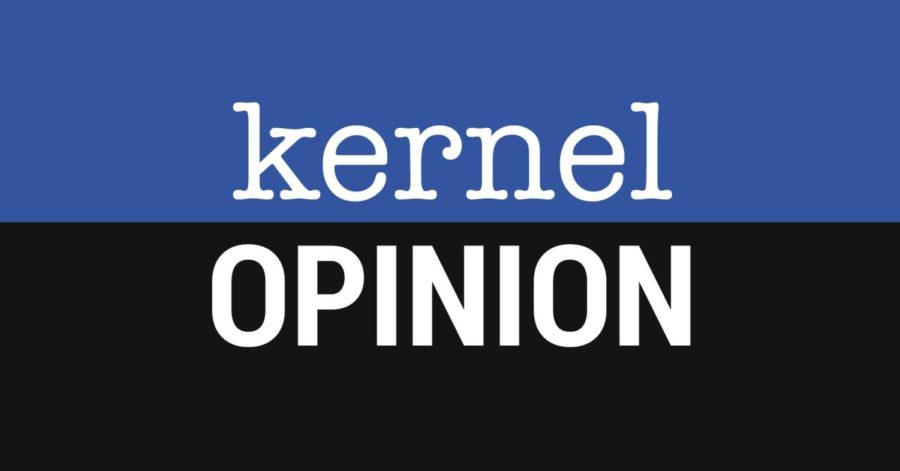Our language propagates unconscious racial bias
November 8, 2018
Instances of police brutality are less publicized recently, but they continue to happen regularly. A large amount of the blame is placed on language and how it is used to describe victims of police brutality. Research results from a study conducted by the American Psychological Association say that “Black boys as young as 10 may not be viewed in the same light of childhood innocence as their white peers.” Black children are much more likely to be viewed as taller and older due to unconscious bias.
Similarly, my landlord called me after my pit bull barked at the apartment’s maintenance man. As soon as I picked up the phone he asked how much my dog weighs, as if she had grown exponentially. I answered that she is only 35 pounds, which places her at almost half the weight of the average 4 Paws service dog you see around University of Kentucky’s campus.
This exaggerated language allows for a continuance of discrimination. It justifies unconscious bias at the very least. Speaking with so much emphasis on the physicality of a person or animal attempts to explain a fear response that is rooted in discrimination.
This practice is like the development of myths. The Jim Crow Museum of Racist Memorabilia writes that “African-Americans were thought to be far less sensitive to pain than whites… black women were thought to experience little pain with childbirth… These stereotypes of the animal-like savage were used to rationalize the harsh treatment of slaves during slavery…”
On the side of pit bulls, myths surround the dog breed that claim they have locking jaws or stronger jaws than another breed, both of which studies have found to be untrue. The American Pit Bull Foundation reports that “…on temperament tests conducted by the American Temperament Test Society that Pit Bulls had a passing rate of 82 percent, or better,” meaning they were among some of the least aggressive breeds studied.
African-Americans and pit bulls are not the only ones subject to unconscious bias through exaggerated language and stereotypes. Native Americans are mythicized by racial stereotypes which contributes to “56 percent [of Native women] have experienced sexual violence,” according to High County News.
All American minorities have faced language which works to dehumanize them in order to justify a long history of racism. Exaggerated language creates stereotypes which propagate an unnecessary continuance of discrimination. The first step in ending this discrimination is by recognizing biased language and stopping it. Without taking this initiative, America will continue to support racism whether or not it is obvious.

































































































































































c. fatheree • Feb 7, 2024 at 12:43 pm
This would be an excellent article to pair with “The Hate You Give.”
You rock!